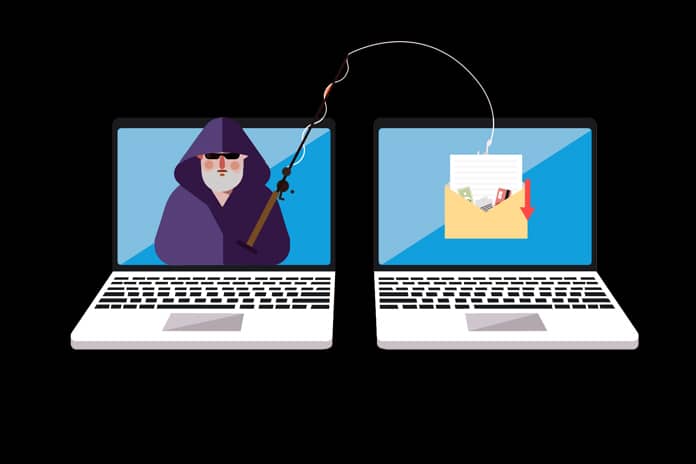With the arrival of new technologies, there are those who try to illegally profit by stealing users’ data to use them at their convenience. Banks, telephone companies, betting houses, dating apps or some of the main websites such as Amazon, Facebook or eBay are some of the most frequent victims in this type of crime given the amount of information they accumulate about their users.
The term phishing is used to refer to phishing for the fraudulent acquisition of personal information through technology. This is achieved, among other criminal channels, thanks to the massive sending of emails or the creation of illegitimate websites designed to obtain the login keys of your online banking, your credit cards or any other type of information related to your personal information.
The phishers (phishers) get give websites or e-mails a similar format to that of their companies, and through notifications, with a corporate and official tone, we can contact to “let us know” that we must update, validate or confirm account information. It is then when we are redirected to a false website and when our identity can be stolen.
Regarding email addresses, phishers use accounts that expire after a few days in a format very similar to the original one used by companies. An example could be ” contact@ebay.com “, while the one intended to steal our data could be ” ebay@directions.com ” or ” ebay@gifts.com “.
In this fraud attempt, some users were asked to know what type of device they used, from what browser, how long they had been using our services, the degree of satisfaction with us, their age and gender, and even their bank details, and finally, deliver a state-of-the-art device.
Attachments can also be found in these messages which can damage the computer by installing malware on the computer once they are opened. The danger can also be in the same URL, since, as we have commented, just by clicking on that link you can download malicious content on our device.
Now more than ever, special attention should be paid to these types of practices, since phishing crimes are not limited to emails. The Spanish Data Protection Agency (AEPD) has alerted to new types of similar crimes.
The “smishing” is the attack via SMS and through which a user receives a text message in which he said he has to go to the web address attached to it. When fraud occurs through phone calls it is known as “vishing” . Here, a person totally unrelated to the company can impersonate one of its workers, asking them to verify a series of data.
How To Protect Yourself?
At this point, common sense rewards. If we receive any type of call, SMS or email, we must not answer any of them requesting personal or financial information. If we have any questions, it is best to consult the company directly through its customer service channels to verify any possible deception.
In addition, what should never be done is to click on the link attached in the medium through which that communication has reached us. If we decide to take the risk and access it, the first thing we must do is check that the website is secure. For that, you should start with https: // and a small green padlock in the browser status bar.
Differences between our official website and the fraudulent
If you doubt if you have been a victim of phishing, we recommend that you change your passwords and that you contact the related companies so that you can keep all your personal data safe.
A good idea to protect yourself against this type of action is to establish a password with double authentication (in two steps if you allow it). In addition, it is advisable to scan our device to check if any type of malware has been installed on it.



